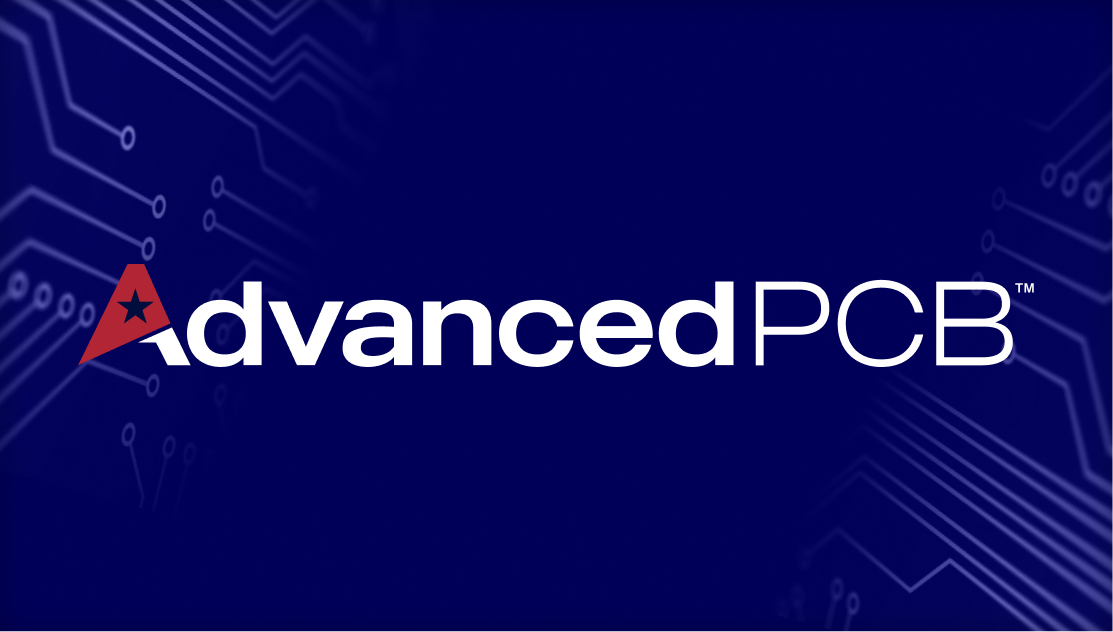Types of Printed Circuit Board Plating Finishes

When you are in the process of designing your PCBs, you have a lot of decisions to make in order to get the end result that will best work for your application. One of these decisions is choosing which printed circuit board plating finish to use. Although there are multiple plating finishes available, each offers its own unique set of benefits that can either make or break your PCBs. Hot air solder leveling (HASL) keeps fabrication costs low and is excellent for both solder wettability and solder joint integrity. A lead-free HASL finish is also available. In addition, printed circuit boards may be plated using electroless nickel immersion gold, which provides excellent co-planarity, or immersion silver, which offers low resistance and high speed. Other options include organic solderable coatings (OSP), immersion tin, and electrolytic nickel gold. Consult a PCB expert to learn about your best option.
What Role Does Plating Play in Printed Circuit Board Fabrication
After your PCB is etched and rinsed, any exposed copper is coated. This helps to prevent surface oxidation of bare copper so that your PCBs remain solderable and can be used with your application. There are advantages and disadvantages of each type of coating, so be sure to research your options before placing your order. Using the wrong type of finish for your printed circuit boards can make your PCBs ineffective and possibly not work how you need. For more information and to get your questions answered about the different steps of PCB fabrication, contact a representative at AdvancedPCB today.

AdvancedPCB
Related Posts

Future trends of the circuit board

2-Layer vs. 4-Layer Printed Circuit Boards



